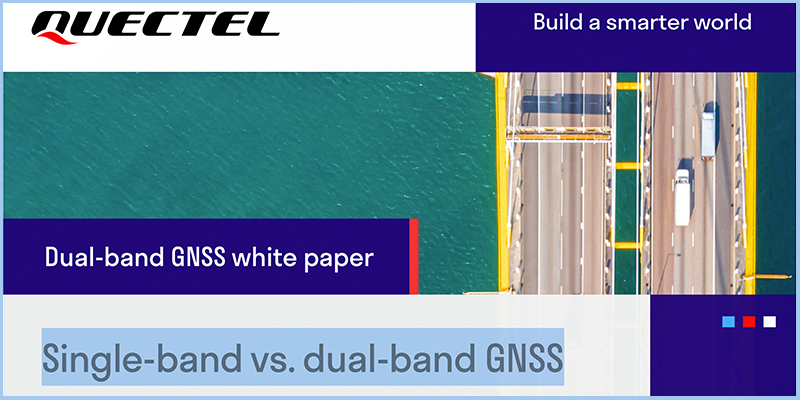Dual-band GNSS offers higher accuracy (about one meter) and better resilience to interference than single-band GNSS, but at the cost of greater complexity, higher power use, larger antennas, and 50–100% higher module prices. Single-band GNSS remains popular for its lower cost, simpler design, and sufficient accuracy (2–3 meters) in many cases.
Choosing between the two depends on factors like application, antenna size, chipset performance, power modes, and update rates, all of which interact and influence performance, cost, and energy efficiency. Successful GNSS design requires balancing these trade-offs, often with the help of specialist expertise.
Read this new white paper and learn about:
Choosing between single and dual-band GNSS
Low-power GNSS modes
How to optimize GNSS antenna selection
Download this white paper now to learn everything you need to know.

